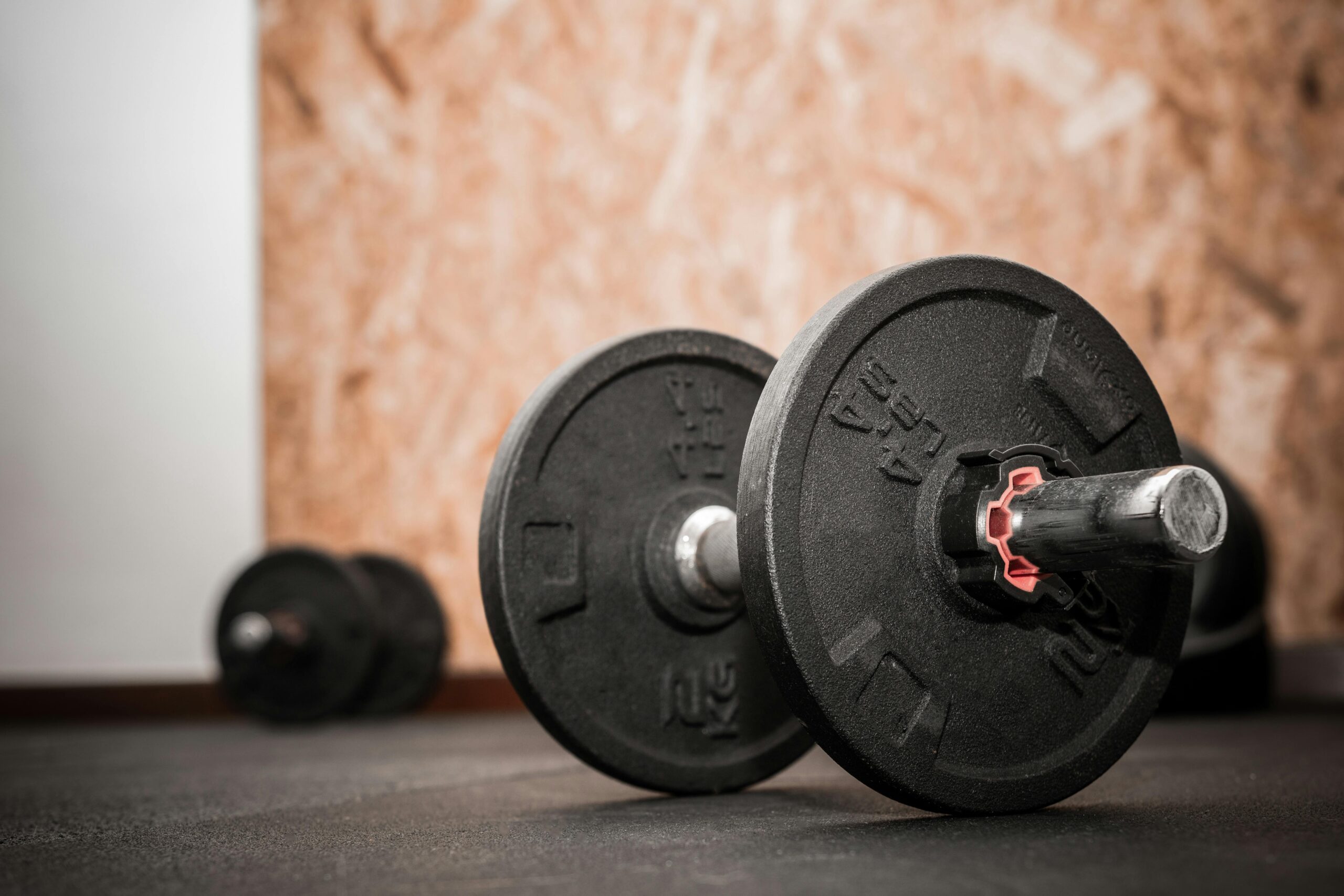Introduction: Understanding Fat Loss Workouts
Fat loss workouts are a cornerstone of achieving a leaner physique and improving overall health, but they require more than just random exercise. Effective fat loss hinges on a combination of targeted training, nutrition, and consistency. This article delves into the science-backed strategies to maximize fat burning, debunk common myths, and provide actionable steps for sustainable results. Whether you’re a beginner or a fitness enthusiast, understanding how to structure workouts, balance intensity, and pair exercise with recovery can make the difference between stagnation and success. We’ll explore the role of metabolism, the importance of strength training, and how to avoid plateaus. Let’s break down the essentials of designing a fat loss workout plan that delivers real, lasting results.
The Science of Fat Loss: How Exercise Triggers Burning
Fat loss occurs when the body enters a caloric deficit, burning more energy than it consumes. However, not all exercises are equally effective. High-intensity interval training (HIIT), for example, elevates the afterburn effect (EPOC), where the body continues burning calories post-workout. Conversely, steady-state cardio relies on immediate fat oxidation during the activity. Strength training is equally critical: muscle mass boosts resting metabolic rate, meaning you burn more calories even at rest. A balanced approach combines these modalities to optimize fat loss while preserving muscle. Understanding this interplay ensures workouts are designed to target fat stores efficiently, rather than just shedding water weight or muscle.
Key Components of an Effective Fat Loss Workout Plan
A well-rounded fat loss regimen includes three pillars:
- Resistance Training: Prioritize compound movements like squats and deadlifts, which engage multiple muscle groups and increase metabolic demand.
- Cardiovascular Exercise: Alternate between HIIT and moderate-intensity sessions to balance calorie burn and recovery.
- Active Recovery: Incorporate low-impact activities like walking or yoga to enhance circulation without overtaxing the body.
Progressive overload—gradually increasing weights or intensity—is vital to avoid adaptation plateaus. Additionally, workouts should align with individual fitness levels to prevent burnout or injury.
The Role of Nutrition and Recovery in Amplifying Results
Exercise alone won’t drive fat loss without proper nutrition. A protein-rich diet preserves muscle mass during a deficit, while controlled carbohydrate and fat intake fuels workouts. Timing matters: consuming protein and carbs post-workout aids muscle repair and glycogen replenishment. Hydration and sleep are equally critical—dehydration slows metabolism, and poor sleep disrupts hunger hormones like leptin and ghrelin, increasing cravings. Aim for 7–9 hours of quality sleep nightly and prioritize stress management, as cortisol spikes can promote fat retention, particularly around the abdomen.
Sustaining Momentum: Avoiding Plateaus and Staying Motivated
Fat loss is rarely linear. Plateaus often arise from metabolic adaptation, where the body becomes more efficient at conserving energy. Combat this by periodically adjusting calorie intake, varying workout intensity, or incorporating new exercises. Tracking progress through metrics like body measurements (not just weight) and celebrating non-scale victories—like improved endurance—keeps motivation high. Building a support system or partnering with a trainer can also provide accountability. Remember, consistency trumps perfection: even small, sustainable changes yield cumulative results over time.
Conclusion: Building a Sustainable Fat Loss Journey
Fat loss workouts are a blend of strategic exercise, mindful nutrition, and recovery. By leveraging the science of metabolism, incorporating strength and cardio training, and fueling the body appropriately, you can create a plan that burns fat while maintaining muscle. Avoid quick fixes—sustainable results come from consistency and adaptability. Track progress, prioritize sleep, and stay patient through plateaus. Ultimately, fat loss is not just about aesthetics; it’s about cultivating habits that enhance long-term health and vitality. With the right approach, you’ll not only achieve your goals but also build a foundation for lifelong fitness.
